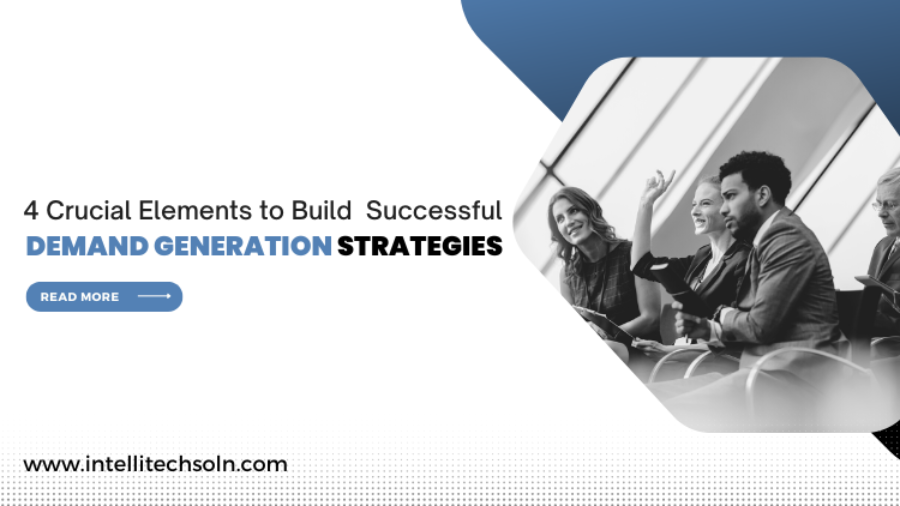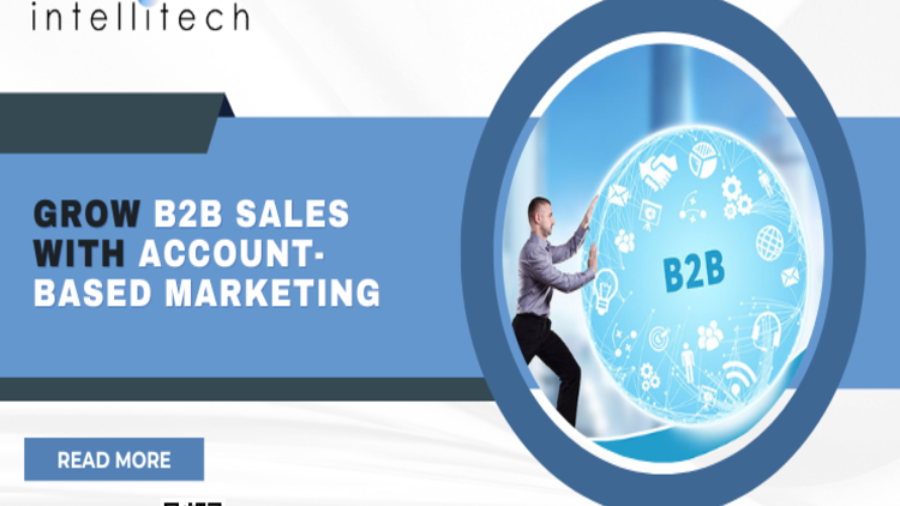Demand generation is an essential component of any B2B marketing strategy. Unfortunately, numerous B2B companies spend a significant amount of money on marketing and see no results because they don't understand that demand generation strategies are crucial to their business success. Developing a demand generation strategy that connects to consumers' pain points while generating revenue, nurturing qualified leads, and boosting ROI involve the implementation of the following four key elements.
Enhanced Brand Awareness
Significant brand awareness campaigns in the B2B marketplace assist potential customers in understanding the problems that your products or services are solving. In addition, awareness-enhancement efforts enable your brand in accomplishing several marketing objectives, including audience growth, traffic improvement, lead generation, and many more.
Create a Content Plan
The importance of content strategy in developing a demand generation framework cannot be overstated. At every point of the marketing funnel, it attracts the attention of your potential customers and keeps them interested even beyond conversion. By addressing their needs and putting you in front of your target audience, a strong B2B content strategy will encourage them to learn more before making a purchase in order to convert them into loyal customers.
Maintain Quality Leads
Most marketers just pay attention to the top of the sales funnel when it comes to demand strategy marketing and ignore the bottom. They are unaware that keeping high-quality leads is a crucial part of the B2B demand generation strategy, so don't blame them. In order to successfully generate demand, you must first provide enough qualified leads for the sales team by creating an effective sales funnel.
Adopt Account-Based Marketing
ABM encourages businesses to design a more seamless and personalized consumer experience in the B2B market. Through highly focused campaigns that effectively increase sales, brand marketers put their attention on generating leads and pushing leads through the sales funnel. A thorough grasp of the accounts you're targeting is therefore a prerequisite for any ABM strategy actions.
Conclusion
You might want to imagine that demand generation is simple because it just involves creating demand for your products or services, but this isn't the reality. To connect with your customer's pain point and develop a successful B2B demand generation strategy, a number of crucial factors must be taken into account. If any of these components are absent from your company's demand generation strategy creation efforts, think about adding them to ensure the success of your plan.




